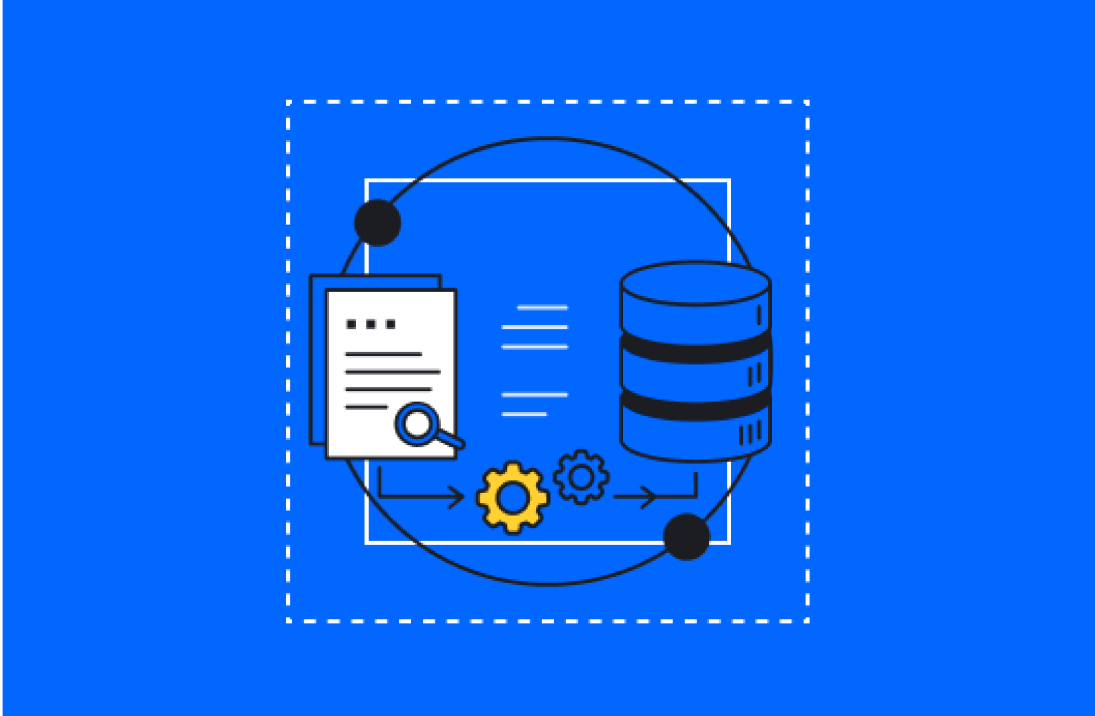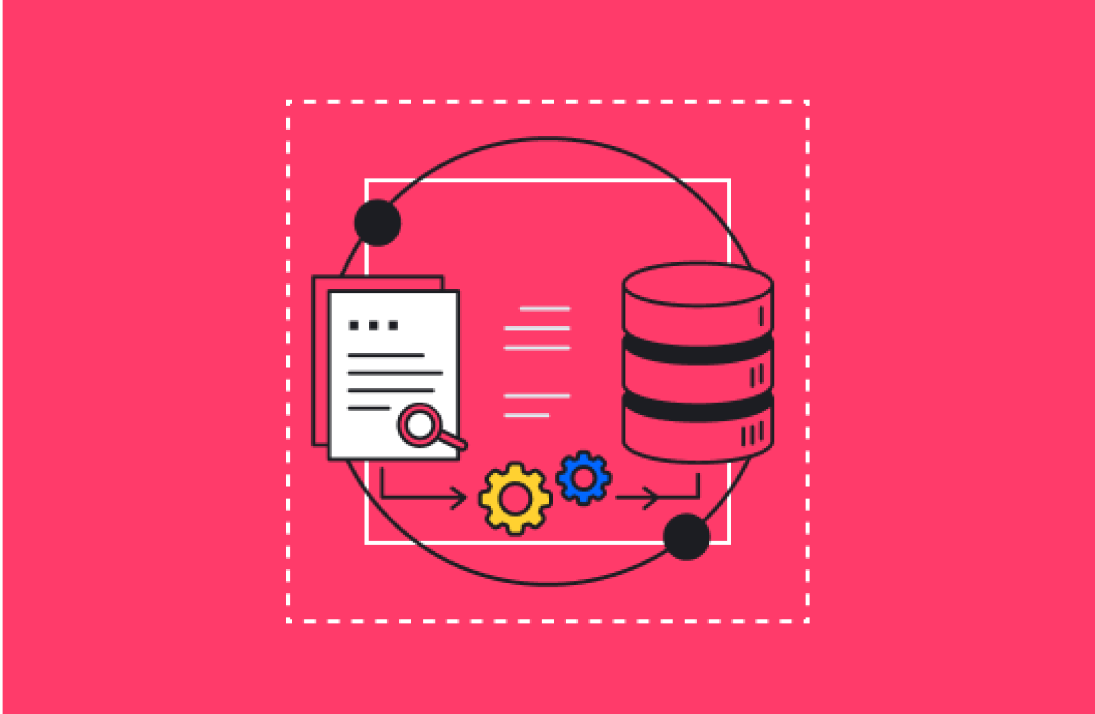A well-functioning tech stack is essential for any business looking to optimize its top-line decision-making. By having the right tools in place, you can ensure that you have timely and accurate data at your fingertips. This can help you make better decisions about where to allocate your marketing dollars, and how best to grow your customer base.
This article is based on a recent Aptitude 8 webinar, "Building a Demand Gen Tech Stack to Optimize Your Financial Decision-Making." Here, we will explore the components of the funnel, how you can use reporting, and how your demand gen tech stack can help you achieve your business goals.
What is Demand Gen?
Aptitude 8 defines demand gen as a data-driven marketing strategy that creates awareness of an interest in a company's offerings through the use of technology. Demand gen is a framework for building marketing and sales funnels.
Generally, demand gen encompasses the following strategies:
- Paid Media
- Inbound Marketing
- Sales Enablement
- Customer Retention
- Web Conversion Analytics
All of these strategies must be supported with technology. The trick is determining which technologies you need and how to use them to create your funnel.
Choose Your Strategy
There are two main types of demand gen strategies: outbound and inbound.
Outbound
Outbound demand gen is the more traditional approach, where you proactively reach out to potential customers through channels like cold calling, email marketing, or trade shows.
Outbound-focused teams tend to comprise the following features:
- Smaller annual contract value (ACV)
- Marketing- or product-driven
- MQL and PQL are the lifeblood
- Part of product-led companies
- More marketers than account executives
- Sales are a byproduct of too many leads
- Product-led growth
Inbound
Inbound demand gen, on the other hand, is a bit more modern: It focuses on creating content that will attract customers to your company organically.
Inbound-focused teams tend to comprise the following features:
- Bigger ACV
- Sales-driven culture and product
- Heavy headcount of sales development representatives (SDRs)
- Sales Ops/DG function supports sales
- Sales enablement is a marketing function
- A core metric is "demos booked"
- Longer deal cycles
Both outbound and inbound demand gen have their advantages and disadvantages. Outbound demand gen is typically quicker and easier to get started with, but it can be more expensive in the long run. It also may not be appropriate for some B2B industries because they tend to have longer sales cycles.
Inbound demand gen takes longer to set up, but it's often more effective in the long term. It's also generally more appropriate for industries with long sales cycles.
If you're selling a high-priced product or service, you'll probably want to focus on inbound demand gen, so that you can attract qualified leads who are already interested in what you have to offer. But if you're selling a low-priced product or service, outbound demand gen might be the better option, since it can be easier to generate sales with a larger volume of leads.
What Technology You Need
The most important component of your demand gen tech stack is the CRM (customer relationship management) system. A good CRM system will help you keep track of your leads, customers, and sales pipeline. It will also provide valuable insights into your demand gen efforts so that you can fine-tune your strategy over time.
In addition to a CRM system, there are a few other tools that can be helpful for demand gen:
- A lead generation tool: This could be something as simple as an email capture form on your website, or a more sophisticated tool like a lead management system. You could use multiple lead generation tools as part of your strategy.
- A marketing automation tool: This will help you automate repetitive tasks like email marketing and social media posting. Some CRM products, like HubSpot, include marketing automation.
- An analytics tool: This will allow you to track how people interact with your business and generate reports so you can identify areas for improvement. Some CRM products include analytics as a standard as well.
- A business intelligence tool: This is software that can collect and process large quantities of data from both internal and external sources.
These basic tools are usually all you need to set up a working demand gen funnel.
The Stages of a Typical Demand Gen Funnel
Most businesses are familiar with the concept of "the funnel," but what that funnel looks like may change depending on who you ask.
Typically, a demand gen or sales and marketing funnel will comprise six levels for six stages of lead generation:
- Prospects: Traffic and Cold Lists
- Leads: Warm Pulse
- MQLs: Engaged and Interested
- SQLs: Qualified to Buy
- Opportunities: Interested in Buying
- Customers: Purchased
For your funnel strategy to succeed, however, you'll also need to consider other aspects of your business, particularly billing and finance. You'll need to devote significant resources to your strategy, not just in the form of technology but also in the form of paid media and labor.
What Should You Be Tracking at Each Funnel Stage?
You can track different metrics at different stages of your funnel. These can serve as your guide for higher-level decisions, such as attribution and resource allocation.
To track metrics properly, you must combine analytics from your CRM, marketing automation platform, billing management platform, and business intelligence (BI) tool alongside KPIs from your sales enablement strategy.
Some of the most important metrics to track are the following:
- Trending funnel cohort performance
- Changes in the conversion percentages of different funnel stages
- Lead forecasting based on funnel data
- Last period funnel performance
- current period funnel trends
- Current period forecasts
You must also generate reports based on your success measurements of different funnel stages using your technology:
- Prospects: Site traffic, on-site conversion rates, total database size, new contacts, target account list size.
- Leads: Qualified percentage (trending), lead to MWL conversion rates, unqualified reasons trending, unqualified percentage, cost per lead.
- MQLs: MQLs by month, channel, and campaign, response time (speed to lead), MQL to SQL conversion rate.
- SQLs: SQLs month over month, SQL to opportunity percentage, time to SQL.
- Opportunities and Customers: Opportunities by campaign and source, win rate by source, campaign, and representative, average days to close, stage velocity, campaign ROI.
In this way, you can build and use your technology stack to launch a data-driven funnel strategy. Your analytics will help you make more impactful high-level decisions, and you'll be able to quickly identify areas of improvement at each stage of your funnel.
For more information about how you can build the perfect tech stack for your business, contact us at Aptitude 8 today.






